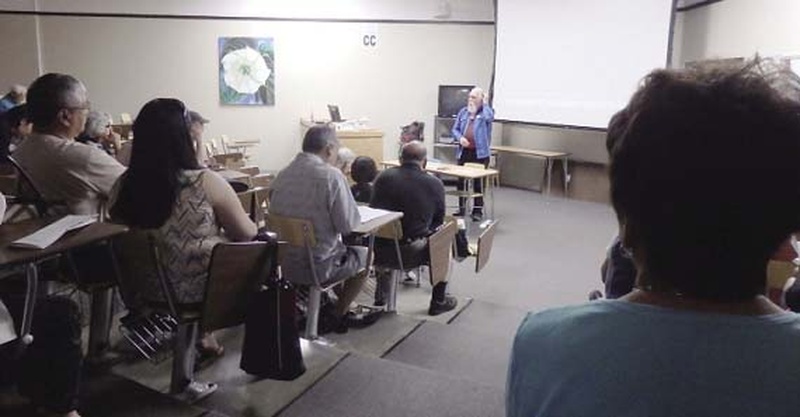The 11th annual Minidoka Pilgrimage was held from June 25 to June 28, and I joined the event as a scholarship recipient of the committee. On the four-day tour, about 200 participants had the chance to visit Minidoka National Historic Site, a former Japanese American incarceration camp site, and to hear stories from those who were incarcerated, researchers, and activists.
This year marked the 70th anniversary of the ending of World War II. People who can share firsthand experiences of incarceration are aging, and their number has been decreasing every year.
In this pilgrimage, the great majority of pilgrims were in their 70s or 80s and actually experienced World War II, or in their 40s or 50s with parents or relatives who were incarcerated. Meanwhile, about 10% of participants were younger than 30.
Youth had a chance to gather in a session on the second day and discuss and share their thoughts on the pilgrimage, reasons to participate in the pilgrimage this year, and how to preserve the history for the next generation.
Preserving history is not easy.
“My grandmother and grandfather were incarcerated, but they did not want to talk about it,” one said, while others added, “My grandmother and grandfather already passed away so I cannot hear about it.”
In Japan, there are usually few chances to learn about Japanese American history. But surprisingly, I also realized that pilgrimage participants told me that some American text books cover Japanese American history in only half a page.
This pilgrimage has significant meaning because youth can visit a historic site and hear about experiences and research of the Japanese American incarceration.
“They had only one room per family, so they had no privacy except in the bathroom,” one speaker said in the legacy session of the pilgrimage program.
Their housing situation was extremely bad as they suffered from dust because of cracks in the floors of the barracks. As all pilgrims experienced, the summer is hot and heavy snow comes in the winter.
But through this tour, I also learned about efforts to make incarceration camps active and livable. As Kay Sakai Nakao said, “Through the negatives, a lot of positives happened.” The Nikkei in the incarceration camp lived with more than sadness. The documentary shown in the educational session shared stories of their making furniture and toys for Christmas.
“Near my house, there still remained a custom that older people took care of younger people, so older people made toys for me,” said Kanji Sahara.
In the warehouse site at the Minidoka National Historical Site, a National Park Service guide said, “From the second year of incarceration, people exchanged food amongst themselves to eat more varieties of food.”
Still, the historic and unjust experiences cannot be changed.
“Some people were put in jail without proper process,” said Harriet Miyasato Beleal. “We have so many civil rights.”
When Japanese people who live in Japan hear about compulsory internment during World War II, they might think of concentration camps such as Auschwitz. For Japanese Americans however, there were no compulsory labor or genocide, but they were forced to leave their homes, and some of them were sent to jail unconditionally. Regardless of homeland or race, to prevent racial discrimination like compulsory internment, we have to learn about history as a problem of human rights.
“We are looking for Sansei and Yonsei to tell the story we heard this pilgrimage,” said Don Shimono, a Minidoka Pilgrimage committee member.
It depends on the next generation to keep the history of incarceration in people’s memories. As one of them, I have been questioning myself after this pilgrimage.
* This article was originally published on The North American Post on August 13, 2015.
© 2015 Fumika Iwasaki / The North American Post






